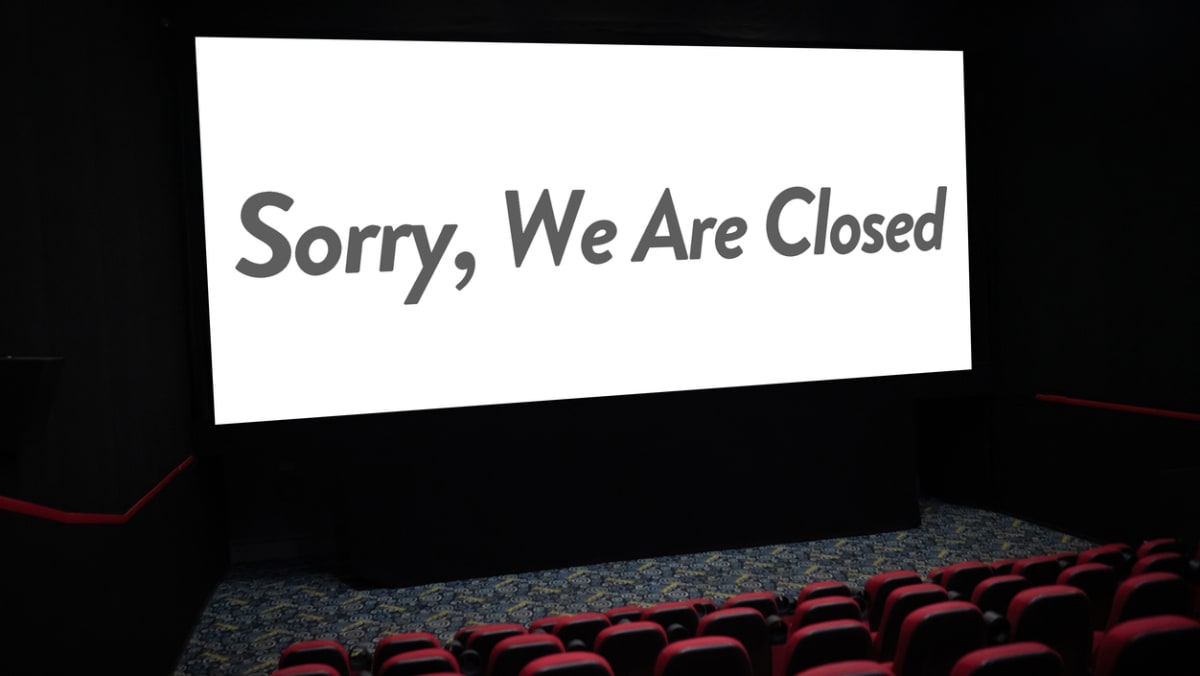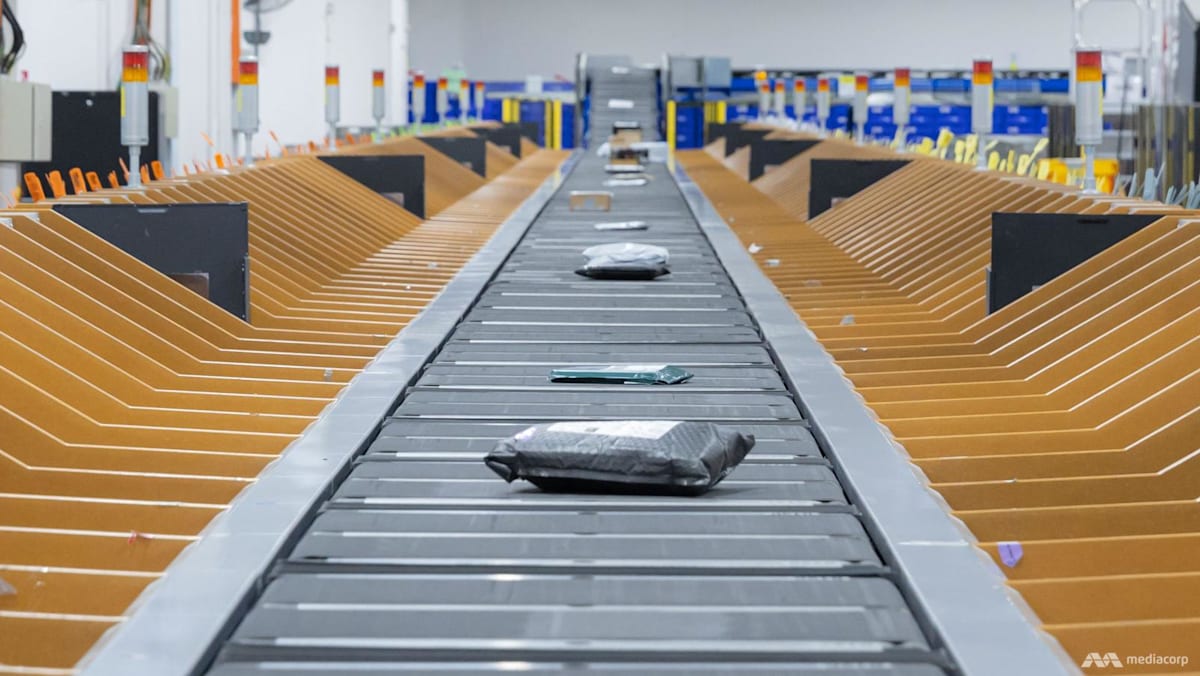A CONTINUING TREND
Experts reckon both shopping mall and cinema operators will continue to assess their business operations amid changing consumer behaviour.
Challenging market conditions mean that cinema operators are not always willing to take over legacy cinema spaces, unless the location shows strong potential, said NUS’ Dr Elhajjar.
Mall operators too are becoming “more pragmatic” and will prefer tenants, such as gyms and co-working spaces, that can deliver footfall throughout the day, he added.
While cinemas still hold the ability to attract foot traffic, the “noticeable structural change” in consumers’ viewing patterns will likely nudge mall operators to seek better-performing and higher-paying tenants, said Mr Vijay Natarajan, vice president of equity research at RHB Bank Singapore.
Cinemas generally pay lower rents due to the large space they lease over a longer period, and the hefty upfront investment in soundproofing and fitting out the space with tiered seating and audio-visual systems, according to industry experts.
A February DBS report said rents charged by mall operators are “typically lower on a per-square-foot basis, typically one-third average rental rate a mall commands”.
Yet it is also no walk in the park to repurpose and lease out former cinema spaces due to their unique attributes.
Apart from size, these spaces tend to come with high ceilings and are located in parts of the mall – such as the top floor or in the corner – which lack a prominent facade.
This rules out traditional retail or food and beverage (F&B) tenants who rely on a visible frontage to attract walk-in customers, said Mr Wong Xian Yang, head of research for Singapore and Southeast Asia at Cushman & Wakefield.
On the other hand, learning or enrichment centres; gyms; and activity-based businesses like indoor playgrounds might be more of a fit, he added.














